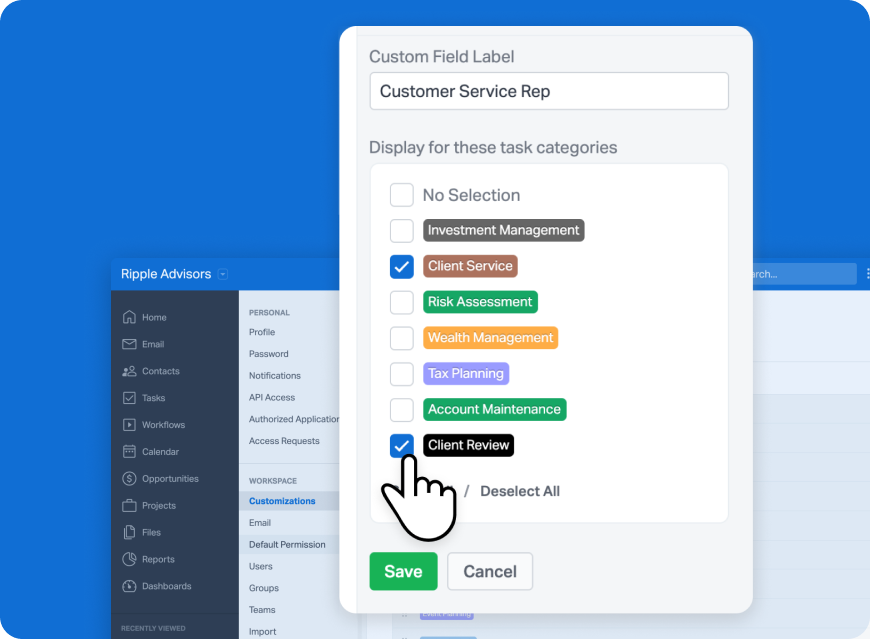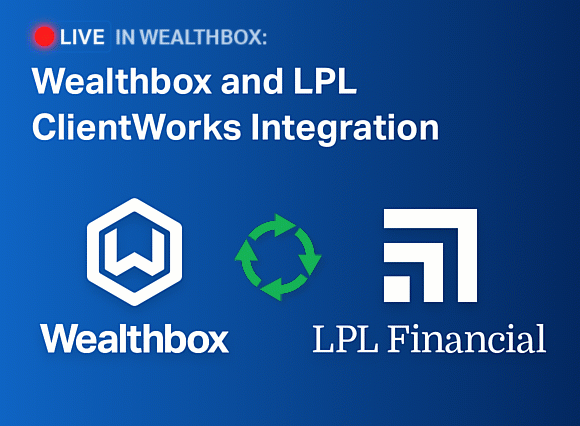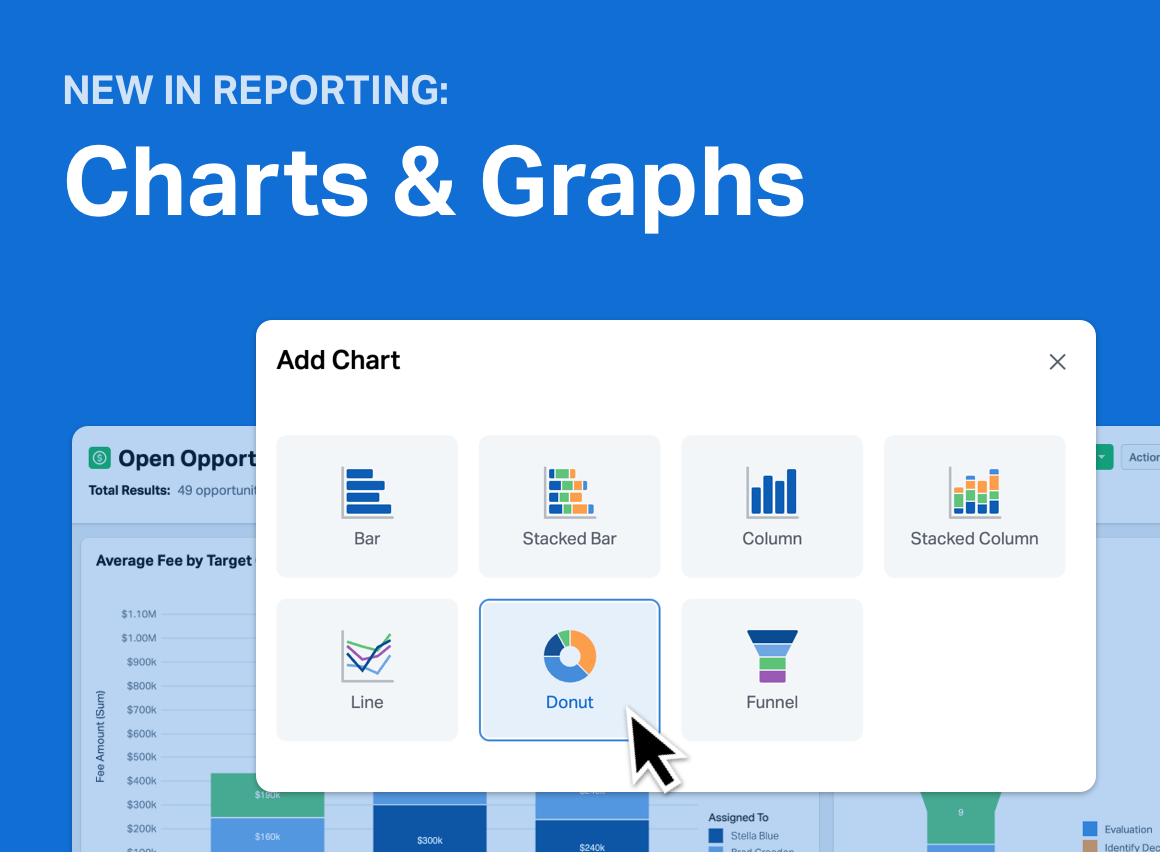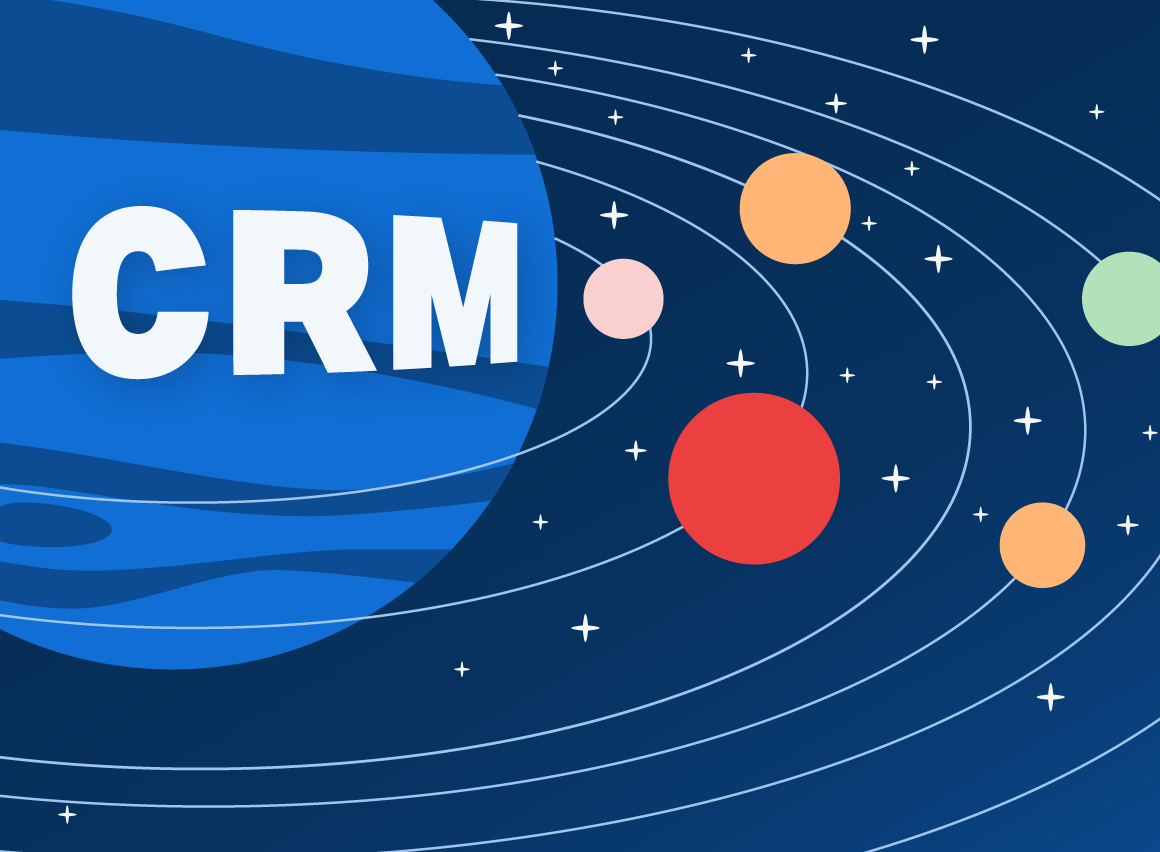
Meet Mackenzie. She’s 18, part of Generation Z. A friend to the team and stepdaughter to one at Starburst Labs, makers of Wealthbox CRM and Wealthbase, Mackenzie has visited our SoHo-based office in New York City regularly. Did homework and played ping pong after school. Learned a little bit about the internet and financial tech scene, enough such that, as you’ll discover, she made a decision to invest with a robo-advisor.
A recent graduate from a high school in Manhattan, captain of the Row New York women’s crew team, and an entrepreneur club contest winner, Mackenzie worked this summer in a retail store on Cape Cod and saved up some money. A couple of weeks ago she left one nest for another, joining the class of 2018 at Boston College, taking flight among the freshman Eaglets as an increasingly independent adult. She’s on a good track in life, like so many young people in colleges across the country – over 20,000,000 of them.
With a “net worth” of $7500, she’s faceless to financial advisors…
Notwithstanding her typical path to college and probable success in some profession in the future, Mackenzie is faceless to financial advisors. To wit…
 No charge-by-the-hour financial planner is going to find her to set up a strategy to save and invest money.
No charge-by-the-hour financial planner is going to find her to set up a strategy to save and invest money. No fee-only financial advisor will seek to reach her through a referral for a discussion about her investment objectives.
No fee-only financial advisor will seek to reach her through a referral for a discussion about her investment objectives. No wealth manager seeking to build AUM will discover her and suggest any type of investing strategy.
No wealth manager seeking to build AUM will discover her and suggest any type of investing strategy. No commissioned broker will be cold-calling her to sell investment products.
No commissioned broker will be cold-calling her to sell investment products. No investment firm’s TV ad campaign is going to direct its messaging to her. (With all the sailing, tender dancing, and family reunions, they’re too indistinguishable from big pharma’s anyway.)
No investment firm’s TV ad campaign is going to direct its messaging to her. (With all the sailing, tender dancing, and family reunions, they’re too indistinguishable from big pharma’s anyway.)
Why does the financial advisory business ignore her? Because she has “just” $7500. It’s been saved from summer jobs and cash gifts from the past. Not bad for an 18-year-older. But to most financial advisors who charge a fee based on assets under management, that “net worth” isn’t worth their time. This is the massive gap that well-designed and engaging digital products from the likes of Wealthfront, Betterment, Acorns, Jemstep, FutureAdvisor, and others are filling.
So when a parental discussion arises about budgeting some of her saved money to pay for incidental day-to-day expenses at college for freshman year, she decides to set aside $2500 for that yet wonders what to do with the remaining $5000. Invest some or all of it? But how? …”Automated investing services” are suggested to her and she creates an account with a provider. (Most financial advisors won’t seek to discover her for another 15 years.) The lesson of the teachable moment in personal finance results in a branded engagement through a downloaded investing app.

Yes, to Mackenzie, so-called robo-advisors are just another “app” among many on her iPhone. The silly, anthropomorphic term “robo-advisor” provides industry insiders with digital drama and it serves as catchy click-bait in content marketing, but it doesn’t mean a thing to Generation Z who’ve already been brought up with screens and machines at their service. And the moniker “automated investing services” serves startups attempting to define a new product category and stake claim to a new market, but to young people like Mackenzie such services are just another app competing for their finger pokes on a smartphone. But we digress; let’s continue on with robo-advisors!
The Gateway Drug to Investing: Robo-Advisors
 Thus, Mackenzie’s first investing experience as an 18-year-old adult with stocks and bonds takes place through the self-directed gestures of touch – taps, scrolls, and swipes – on an immersive mobile app. These seemingly trivial gestures – they’re anything but – performed in digital interactions (pun intended) with elegantly designed investing apps are where big dollars will be won, lost, or shifted in the financial advisory business.
Thus, Mackenzie’s first investing experience as an 18-year-old adult with stocks and bonds takes place through the self-directed gestures of touch – taps, scrolls, and swipes – on an immersive mobile app. These seemingly trivial gestures – they’re anything but – performed in digital interactions (pun intended) with elegantly designed investing apps are where big dollars will be won, lost, or shifted in the financial advisory business.
 Colorful portfolio pie charts, gamified allocation options, and slick interactions to project one’s financial goals in these apps are the visual lingua franca that bridges the technical, regulatory, and procedural complexity of traditional investing with the simplicity of actually doing it by touching an app icon that’s sandwiched between Instagram and Snapchat. It’s an entirely new do-it-yourself user-experience in passive investing to own stocks and bonds. It’s all quite touching – literally. Instantly accessible at the tap of an icon for an electrifying sense of financial worth, investing apps with their real-time update capabilities make those hard-copy static reports that financial advisors mail out look like the Birkenstocks of client communication.
Colorful portfolio pie charts, gamified allocation options, and slick interactions to project one’s financial goals in these apps are the visual lingua franca that bridges the technical, regulatory, and procedural complexity of traditional investing with the simplicity of actually doing it by touching an app icon that’s sandwiched between Instagram and Snapchat. It’s an entirely new do-it-yourself user-experience in passive investing to own stocks and bonds. It’s all quite touching – literally. Instantly accessible at the tap of an icon for an electrifying sense of financial worth, investing apps with their real-time update capabilities make those hard-copy static reports that financial advisors mail out look like the Birkenstocks of client communication.
Let’s face it: the financial advisory business is being disrupted in part by technology at – and literally in – the hands of Generation X, Y, and Z. In this disruption, the robo-advisors are the gateway financial drug to lure youth and hook them into investing. They start with mellow, passive investing and share by word-of-mouth with friends.
Advisors: Meet Your New Best Friend (But You Better Digitally Dress Up for the Occasion)
On the broad boulevard of man-machine ambiguity, reconciliation and cooperation seem to be in the offing. As financial advisors seek higher ground in the digital deluge of robo-advisors – by providing more comprehensive and sophisticated financial planning services – some of the robo-advisor vendors themselves are creating offerings for advisors, like Betterment Institutional, or positioning to serve financial advisors with white label products, like Upside Advisor. What a great way for financial advisors to begin sowing the seeds of future client relationships by offering the younger generation, such as the children of their clients, with an investing app that creates a new account relationship.
![]() But how to manage this? As one advisor commented in a robo-advisor article in Institutional Investor recently, “the most compelling offering for wealth managers considering a [automated investing service] provider that combines planning, asset management, and CRM would be a low cost product they could use for smaller accounts.” The operative word here is “would” as this “product” doesn’t exist today.
But how to manage this? As one advisor commented in a robo-advisor article in Institutional Investor recently, “the most compelling offering for wealth managers considering a [automated investing service] provider that combines planning, asset management, and CRM would be a low cost product they could use for smaller accounts.” The operative word here is “would” as this “product” doesn’t exist today.
Surmountable challenges await such partnerships in creating a branded, beautifully designed, and unified user-experience among the multiple parties: robo-advisor, financial advisor and his or her software tools, investment firm, and prospect/client. Many of the automated investing startups offer a modern and elegant user-experience in a direct-to-consumer retail basis. However, the simplicity and purity of this vertically controlled user-experience could be degraded once “integrations” occur between and among complementary software products that advisors use to connect with and manage their clients – and for which these clients may come in contact with. Such integrations could include financial reporting and CRM portals. (Does the interface look clunky and feel like it was designed in the Soviet Era?) How far will the investing app makers – with their modern interface and conversion-friendly signup forms – go to provide onboarding tools and interface designs to assist financial advisors in the partnerships? Or how can the complementary software providers fill in the gap to bridge these user experiences with better interfaces and flows?
Even the landing pages on advisor websites that will take prospects down an automated investing funnel will need to, or should, be visually fused with modern design similar to the investing apps for an optimal user experience. Does the partnering advisor site have cliche clip-art images of Greek columns? Sailboat on the horizon? Corny stock photos of handshakes? …Probably not going play well among the media savvy youth, or most of us for that matter.

One only need to look at the dated websites of vaunted retail investor brands like Merrill Lynch (hasn’t changed much since 1997) and many other big financial brands to see they’re still – still! – publishing old-school brochureware sites with squinty 10 and 11-point font sizes, frittering away millions of site visitor engagement opportunities on their own homepages. Lackluster design and UX in marketing websites and software products plague the financial advisory business, and therein lies opportunity for many of the new upstarts.
In the digitize or die advisor landscape, it’ll be interesting to see how this new breed of nimble, high-design fintech upstarts meshes with advisor websites and some legacy software providers to manage new client engagements with Generation X, Y, and Z. These digital natives don’t want to imagine themselves sailing with their grandparents and they don’t want to shake your hand. …They want to first connect with you digitally and touch your financial products and services on screens.
Postscript
 1) A shout-out and thanks to CEO Jon Stein (pictured) at Betterment. In Gen-Z Kenzie’s research about automated investing apps, Jon and his team were kind enough to give her a tour of Betterment’s office and operations. Quite educational and inspirational for a New York City kid on her way to college.
1) A shout-out and thanks to CEO Jon Stein (pictured) at Betterment. In Gen-Z Kenzie’s research about automated investing apps, Jon and his team were kind enough to give her a tour of Betterment’s office and operations. Quite educational and inspirational for a New York City kid on her way to college.
2) Financial advisors: One way to find and compliantly connect with new clients digitally will be via Wealthbase. We encourage you to get invited to the private-beta. We promise: No Greek columns, sailboats, or handshake pics.
3) Tech/Product partners: Wealthbase will also offer cross-promotion and integrated product opportunities that connect your digital offerings with consumers and advisors on the Wealthbase network. Please contact us to get on the partnership launch list.






